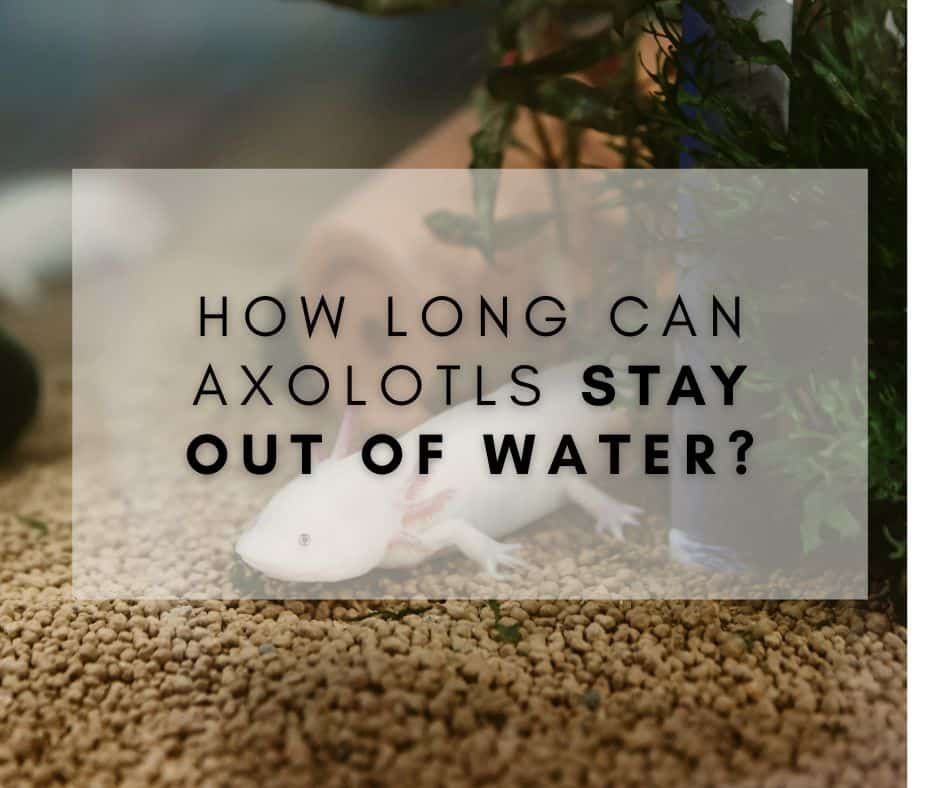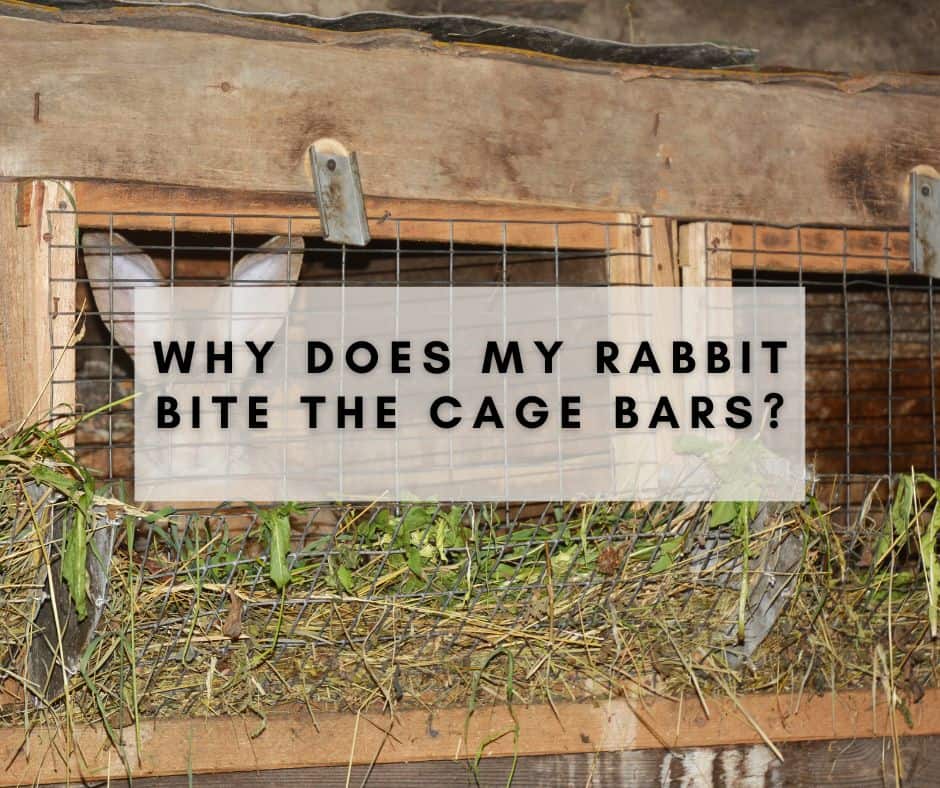Axolotls are a species of salamander that can regenerate their limbs. They are also one of the few species of amphibians that can go through their entire life cycle without leaving the water. This gives them an interesting advantage over other amphibians when it comes to research, as they can be studied in a more natural environment.
In terms of how long they can stay out of the water, axolotls can survive for several hours on land as long as they are kept moist. However, they will start to dehydrate after a few hours and will need to be returned to the water. Given that they are aquatic animals, it is best to keep them in an environment where they can stay submerged most of the time.
Contents
- 1 Axolotls Are Aquatic Creatures
- 2 They Can’t Stay out Of the Water for Long
- 3 What Happens when Axolotls Stay out Of Water for Too Long?
- 4 How Do Axolotls Breathe?
- 5 What Are the Effects of An Axolotl’s Over Usage of Their Lungs?
- 6 How Do Axolotls’ Breathing Habits Differ from Fishes’?
- 7 Can Axolotls Drown?
- 8 Why Does My Axolotl Go up The Surface?
- 9 Conclusion
Axolotls Are Aquatic Creatures
Most of their physical traits and habits are built based on the fact that they’ll need to be inside the water all the time.
Otherwise, they wouldn’t be able to breathe, mentally function well, and even hold themselves up!
They’re also called creatures who never grow up, much like Peter Pan. Adults of this specie retain traits often seen in juveniles of similar species.
Unlike Salamanders and other similar species, Axolotls keep their feathery gills and tadpole-like tail, making them neotenic.
According to National Geographic, a theory suggests that they’re neotenic because their natural/native habitat never dried up, unlike most bodies of water in which other amphibians lived.
Therefore, they never needed to adapt to terrestrial ground or terrain, hence the retainment of their aquatic features.
They Can’t Stay out Of the Water for Long
Being aquatic and neotenic, they don’t have the physical capacity to stay out of water for prolonged periods as opposed to other related reptiles.
At most, they’ll be able to live outside of water for an hour. Provided that they’re in a moist environment and don’t have any illnesses.
While they need oxygen to survive and have lungs, it’s too underdeveloped and wouldn’t be able to support themselves for long.
It’s not just about air too, axolotls have slime coats that keep them moist and play a vital role in their respiration process.
Drying this out will not only harm the respiration process but the physical health of the axolotl as well.
What Happens when Axolotls Stay out Of Water for Too Long?
Under no circumstances should axolotls be left outside of water for more than an hour. They shouldn’t even be pushed to their limits, doing so can cause death or irreversible damage.
Dehydration
For us humans, severe dehydration can already cause organ failure. Imagine what it would do to an aquatic creature such as an axolotl.
They will be highly vulnerable when dehydrated. Think of water as their safety bubble, pop it and there will be severe consequences.
As previously mentioned, they have a layer of mucus that aids in their respiration, it also acts as a defensive layer against illnesses.
Drying this layer means they may develop diseases or infections which can be fatal and even kill your beloved pet unless organ failure, which also occurs due to dehydration, gets to them first.
Breathing problems
While they have lungs that can grant them the ability to breathe out of the water, it’s not as effective as their primary method for breathing which is underwater.
Once they dry out, their gills won’t function properly. As a last resort, they’ll use their lungs although even that will rapidly deteriorate.
Some of their breathing methods require their skin. Unfortunately, drying out their slimy layer can disrupt the respiration process, hindering them from breathing.
Body and organ damage
Just like with their lungs, they also didn’t go under metamorphosis to be able to survive walking on land.
Sure, they’re able to hold themselves up but their limbs wouldn’t be able to support their weight that much.
Axolotls are much more used to flapping around, letting the water carry most of their weight rather than dealing with terrestrial gravity.
Stress
Ever seen those movies where the main character gets kidnapped and dropped off in an unfamiliar location? They’re confused and stressed, right?
That’s what your axolotls go through if they’re suddenly whisked away to a very dry and uncomfortable area.
They’ll stress themselves out until they lose their appetite, become reclusive, and have very concerning behavior overall.
While these behaviors can be fixed, it’s important to note that they shouldn’t be experiencing it in the first place.
As much as possible, please make your axolotl have a comfortable stay in their aquarium.

How Do Axolotls Breathe?
What’s interesting about axolotls is that they have four different ways to oxygenate their blood and breathe.
In some cases, they use their skin, in others, their lungs, throat, and gills which we are much more familiar with.
While their skin is permeable, it’s not as effective in oxygenating their blood. It can only do so much and is used as a last resort when they’re struggling to breathe.
The most common way they use to breathe is through their gills which are external, meaning they’re visible and protrude out of their heads.
Cutaneous Respiration
Having thin and moist skin, axolotls are capable of diffusing oxygen in their blood vessels. In short, they can breathe through their skin.
Oxygenated water will be absorbed through the axolotl’s thin membrane, diffuses into the bloodstream, and release carbon dioxide back into the water.
Since this process is aided by the axolotl’s slimy coat, it’s much better not to let it dry out and keep the environment as moist as possible.
Buccal Respiration
This method is somewhat similar to Cutaneous Respiration, occurring at the buccopharyngeal membrane instead of the skin.
The process happens at the back of their throat, the skin over the buccopharyngeal membrane opens up which allows water to enter.
Once that happens, the water will be transported through the cell membrane and into the bloodstream. It’s also possible to go all the way to the gills and the sides of the fimbriae.
Using their gills to breathe
Axolotls have feather-like gills near their head, they wiggle them around as a way of oxygenating their blood and breathing.
They have membranes with capillaries referred to as fimbriae, oxygen will pass through this and it’ll start filtering the oxygen, leading it directly to the bloodstream.
In exchange, carbon dioxide will be released into the water from the membrane. And if they need to exchange a larger volume of gas, they’ll start to increase the surface area of their gills.
They also have gill rakers which ensure that no impurities such as parasites and dirt will pass through.
This is because their blood will have continuous exposure throughout the gas exchange, making them vulnerable to infection.
Using their lungs to breathe
They can breathe outside of water using their lungs. They’re shaped like sacs with folded pockets.
Blood vessels will encircle the folded pockets using a thin membrane. It lets the oxygen pass through the bloodstream using the capillaries and veins which will transport the oxygen to the heart.
This method is a last resort for axolotls. Once the oxygen becomes insufficient, they’ll use this method as a way to keep up with their body’s demands.
Don’t worry though! Some axolotls do it for fun. They’ll breathe a small batch of fresh air and utilize it as a floaty for their amusement.
What Are the Effects of An Axolotl’s Over Usage of Their Lungs?
To them, it’s not a sustainable way to breathe. Once they rely on their lungs for an extended period, it’ll poison them.
Their oxygen will run low while their carbon dioxide rises to a toxic level from the build-up. This will damage cells and organs, capable of killing them.
And they’ll overuse it quickly. The most, as previously mentioned, is 1 hour which can already prove to be difficult if your axolotl is physically weak.
How Do Axolotls’ Breathing Habits Differ from Fishes’?
Unlike other fishes, axolotls don’t need to move around to get oxygen through their gills, they can simply stay in one spot.
All they need are their gills which push oxygen into their capillaries. This allows them to intake oxygen without the need for constant movement.
The gills themselves don’t need to move much. Usually, gills flapping at a slow and steady pace is an indication of a healthy axolotl.
If their gills are moving too fast and/or inconsistent, there may be underlying health issues such as breathing problems or infection.
Can Axolotls Drown?
Seeing as they need to spend so much time in the water, is there a possibility that their natural habitat will be the one to cause harm to them?
Most likely, no. Though it does happen in some cases wherein the axolotl is too weak or already dying.
But when it comes to dry land, yes! They have a hard time breathing oxygen and may drown once their oxygen gets low.
Why Does My Axolotl Go up The Surface?
As previously stated, axolotls don’t often use their lungs to breathe. Them constantly doing so may be an indication of an issue/problem within the tank or the axolotl itself.
There may not be enough dissolved oxygen in their tank hence their need for supplements for their lungs.
If your tank’s oxygen concentration isn’t enough to sustain your axolotl then an air pump will help.
Conclusion
There are two ways that an axolotl can become endangered while on land. One, they run out of breath.
This means, their lungs and breathing methods wouldn’t be able to sustain their needed oxygen intake, leading them to drown.
And two, their skin (which is already sensitive enough as it is) will dry out first, causing organ damage as well as physical injuries and stress.
That’s why axolotls should always be kept moist and with enough oxygen in their tank/natural habitat.




